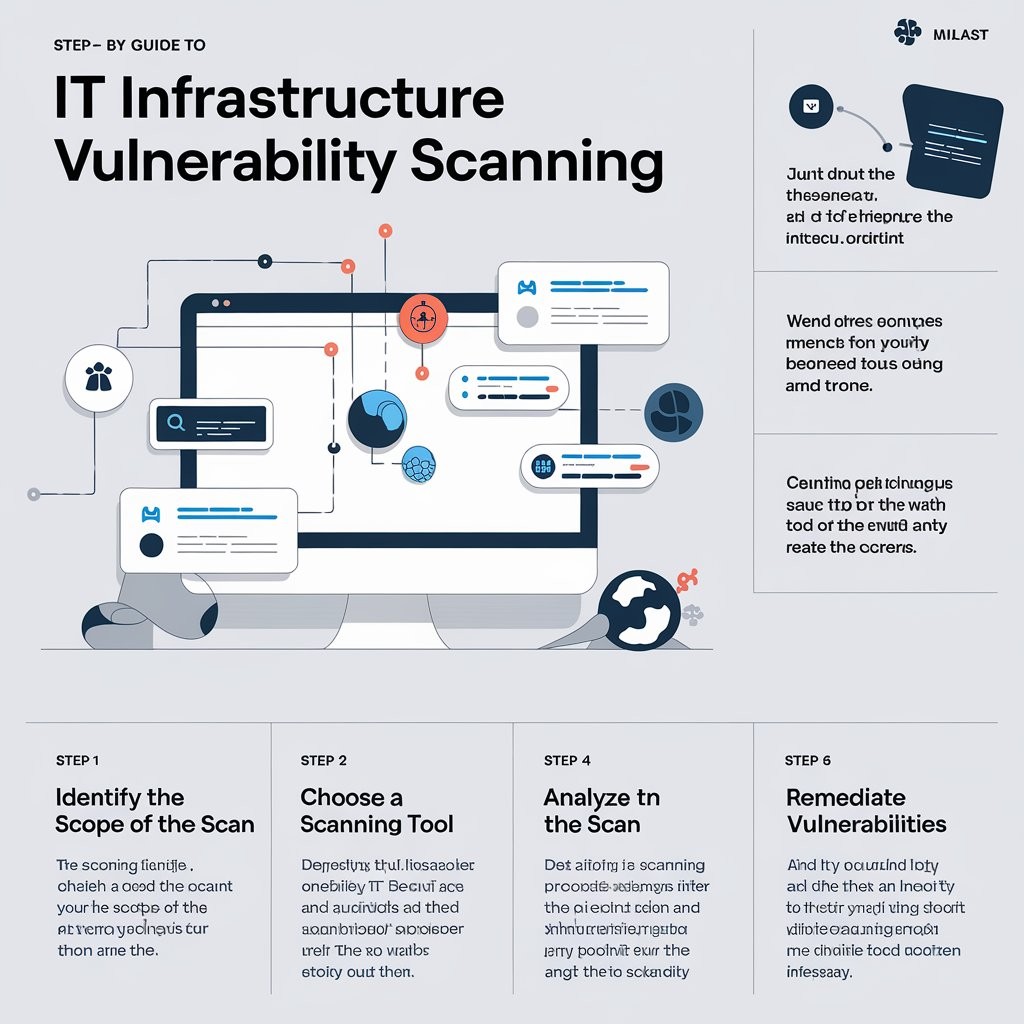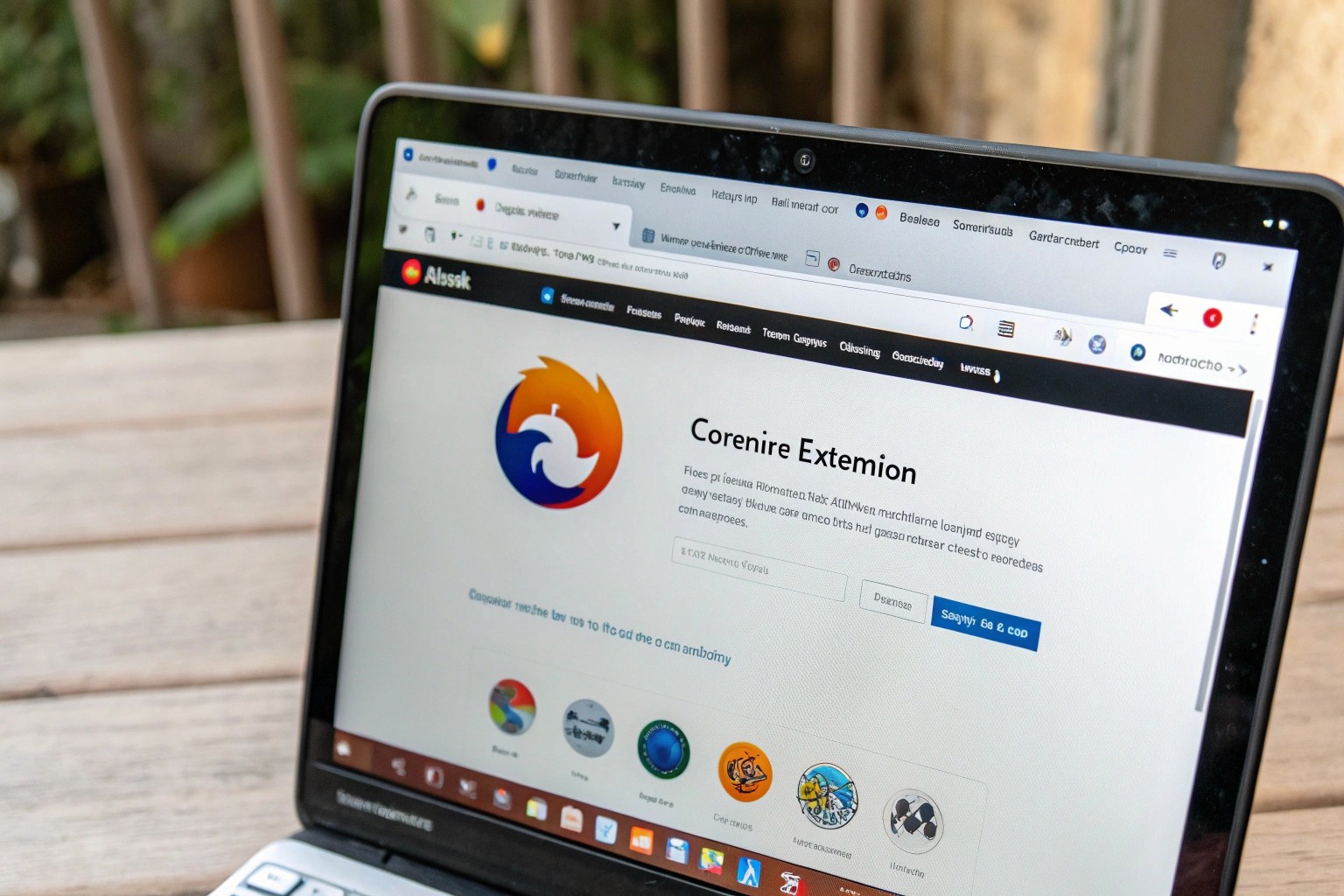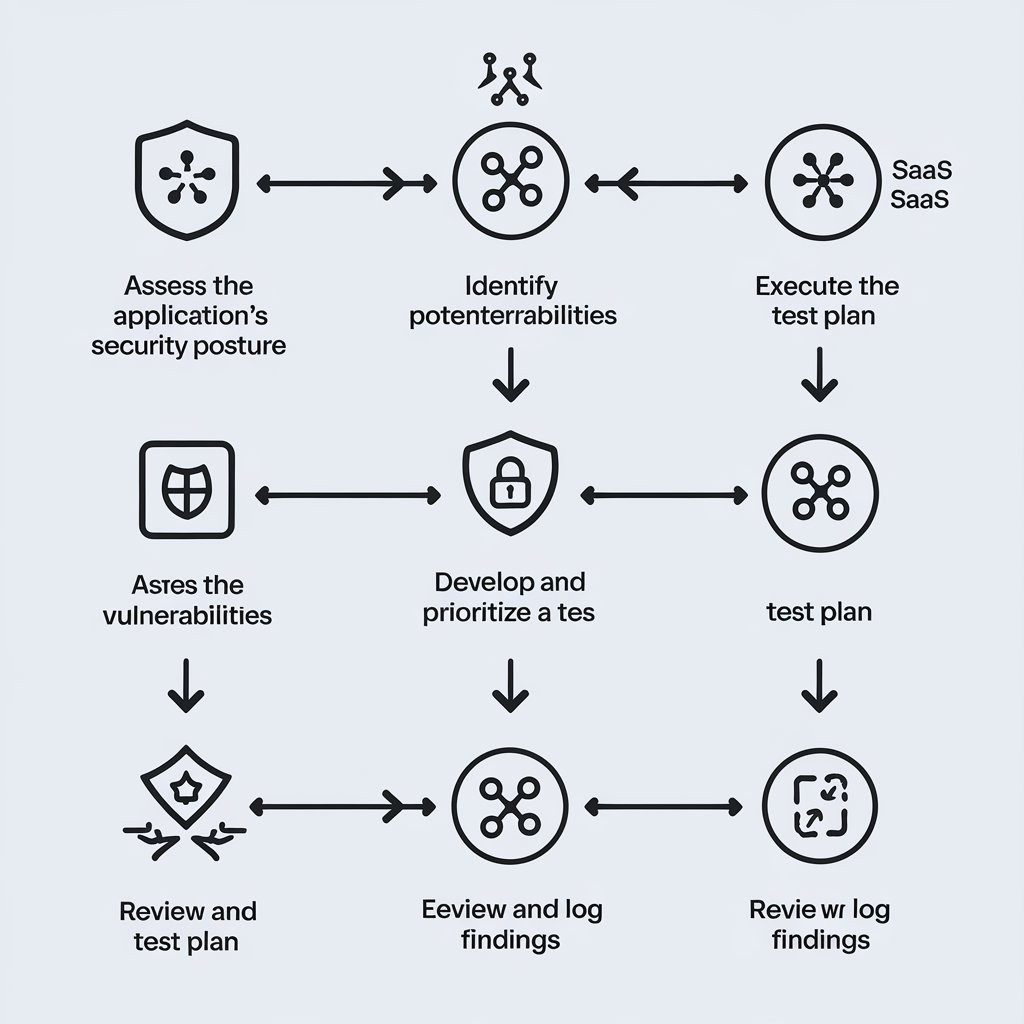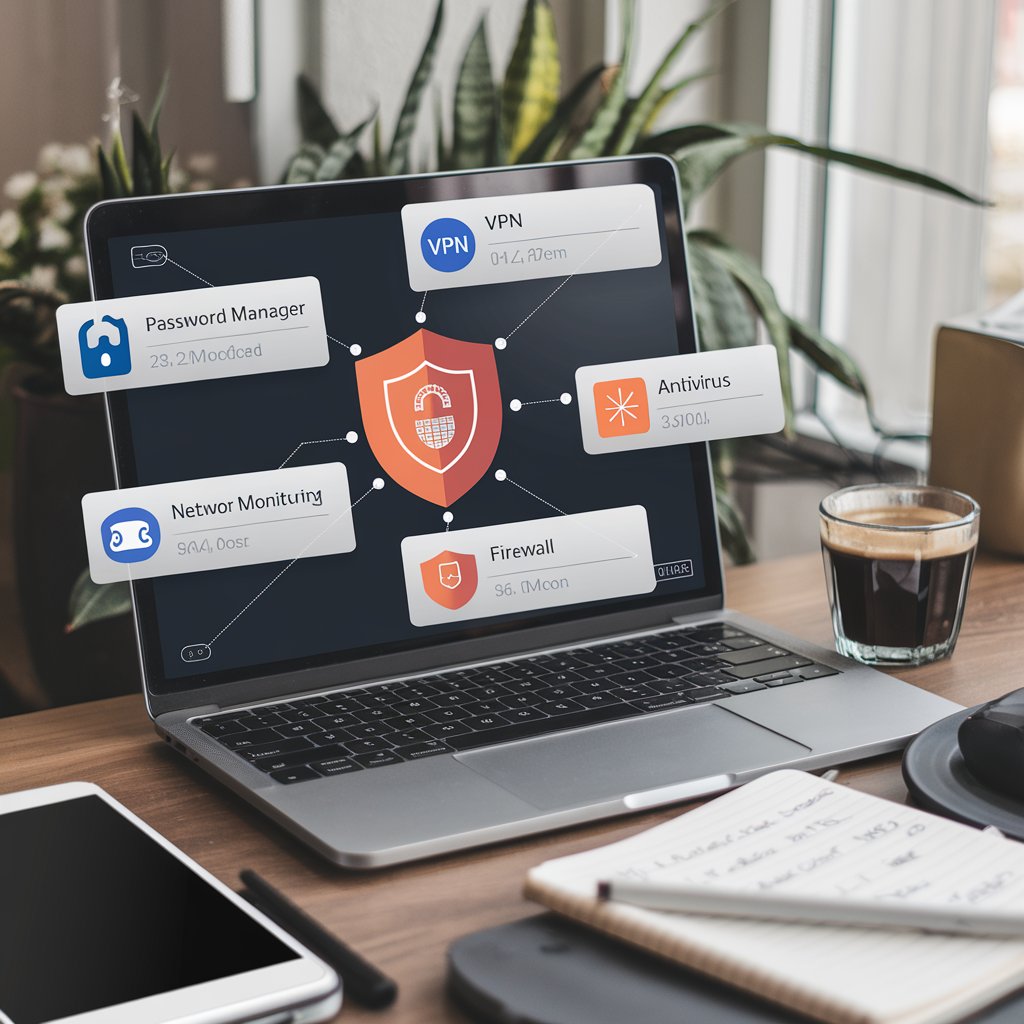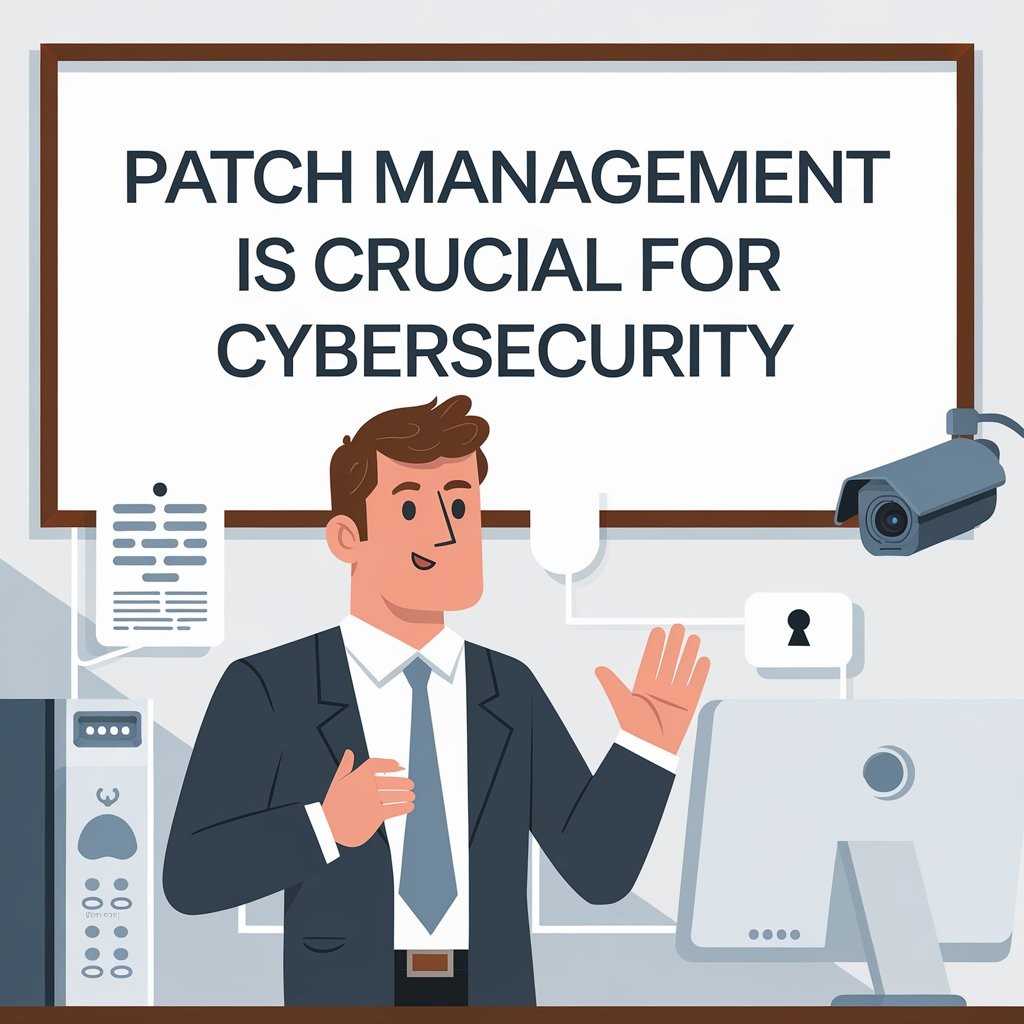UA
10 Min Read
1. Understanding IT Infrastructure Vulnerability Scanning
IT infrastructure vulnerability scanning is a process that involves using automated tools to scan and identify vulnerabilities across your organization’s IT systems, networks, and applications. These vulnerabilities can range from unpatched software, misconfigured firewalls, outdated software, weak passwords, and other security gaps that cybercriminals may exploit.
The primary goal of vulnerability scanning is to identify and address these weaknesses before an attack occurs, ensuring your IT infrastructure is secure and resilient against potential threats.
2. Preparing for a Vulnerability Scan
Before diving into the scanning process, it’s essential to prepare properly:
Define the Scope
Define the scope of your vulnerability scan. What part of your IT infrastructure will be scanned? This could include:
Network devices such as routers, switches, and firewalls.
Servers (Windows, Linux, etc.), databases, and applications.
Cloud infrastructure and hybrid systems.
Endpoints like workstations and mobile devices.
Choose a Scanning Tool
There are several vulnerability scanning tools available, each with its own strengths. Some popular options include:
Nessus: Known for its thoroughness in scanning network devices and servers.
OpenVAS: An open-source vulnerability scanner suitable for small to medium-sized businesses.
Qualys: Provides a cloud-based platform that offers comprehensive vulnerability management.
Rapid7 Nexpose: Offers real-time vulnerability assessments with easy integration.
Establish a Baseline
Before scanning, understand the current security posture of your infrastructure. Take note of any previous vulnerabilities that have been patched or any systems that have been recently updated.
3. Conducting the Vulnerability Scan
Now that you’re prepared, it’s time to run the vulnerability scan. Here’s a breakdown of the steps involved:
Run the Scan
Automated Scanning: Most vulnerability scanners work automatically, using predefined rules to search for known vulnerabilities in your infrastructure. You can schedule scans to run regularly (e.g., weekly or monthly) or run them manually when needed.
Scanning Depth: Choose the scan depth based on your needs. A basic scan looks for obvious vulnerabilities, while a more thorough scan may check configurations, patch levels, and services running on each system.
Scanning Techniques
Scanners typically use several techniques to assess vulnerabilities:
Port Scanning: Identifies open ports on your network that could potentially be exploited.
Service Detection: Identifies services running on systems and checks for known vulnerabilities.
Patch Management: Scans for outdated or unpatched software and applications.
Configuration Assessment: Detects any misconfigurations in your systems that may expose them to risks.
Scan Results
Once the scan is complete, you’ll receive a detailed report outlining the identified vulnerabilities. This report typically includes:
Severity Level: Vulnerabilities are categorized based on their severity (Critical, High, Medium, Low). Critical vulnerabilities should be addressed first.
Description: A detailed explanation of each vulnerability, including how it might be exploited.
Recommendations: Suggested steps to fix or mitigate each identified vulnerability.
4. Analyzing the Vulnerability Report
Once you have the vulnerability scan results, it’s essential to analyze the report. This involves:
Prioritizing Vulnerabilities
Not all vulnerabilities are equal. Some require immediate attention, while others can be addressed over time. Start by focusing on high and critical vulnerabilities that could potentially compromise the security of your systems.
Risk Assessment
Assess the potential impact of each vulnerability on your business. For example:
Could a vulnerability allow a hacker to access sensitive data?
Would it disrupt critical business operations or result in downtime?
Is the vulnerability likely to be targeted by cybercriminals?
Fixing the Vulnerabilities
Once vulnerabilities have been prioritized, the next step is remediation. This may involve:
Patching software: Ensure that all systems are up to date with the latest security patches.
Reconfiguring systems: Adjust system settings or disable unnecessary services to minimize the attack surface.
Changing credentials: If weak or exposed credentials are found, reset passwords and enable multi-factor authentication.
Deploying security tools: Use firewalls, intrusion prevention systems, or endpoint protection tools to block potential attacks.
5. Continuous Monitoring and Re-scanning
Vulnerability scanning should not be a one-time event. Cybersecurity threats evolve, and new vulnerabilities emerge frequently. As part of a comprehensive security strategy, it’s essential to regularly perform vulnerability scans and monitor your IT infrastructure for new threats.
Set Up a Regular Scanning Schedule
Schedule vulnerability scans to run at regular intervals, ideally monthly or quarterly. This helps keep your systems updated and protected from emerging threats.
Monitor for New Vulnerabilities
Stay updated on the latest security vulnerabilities by following trusted sources such as:
National Vulnerability Database (NVD)
CVE (Common Vulnerabilities and Exposures)
Security advisories from software vendors
6. Integrating Vulnerability Scanning with Your Security Strategy
To ensure the success of your vulnerability scanning efforts, integrate the process into a broader cybersecurity strategy. Here are a few best practices:
Security Awareness Training: Educate your employees about safe practices, such as recognizing phishing emails and avoiding risky websites, to reduce human error.
Incident Response Plan: Ensure you have an incident response plan in place to quickly address any security incidents that arise from vulnerabilities.
Patch Management Policy: Develop a patch management policy to ensure that security patches are applied quickly and consistently.
Network Segmentation: Use network segmentation to limit the spread of attacks by isolating sensitive data and systems from the broader network.
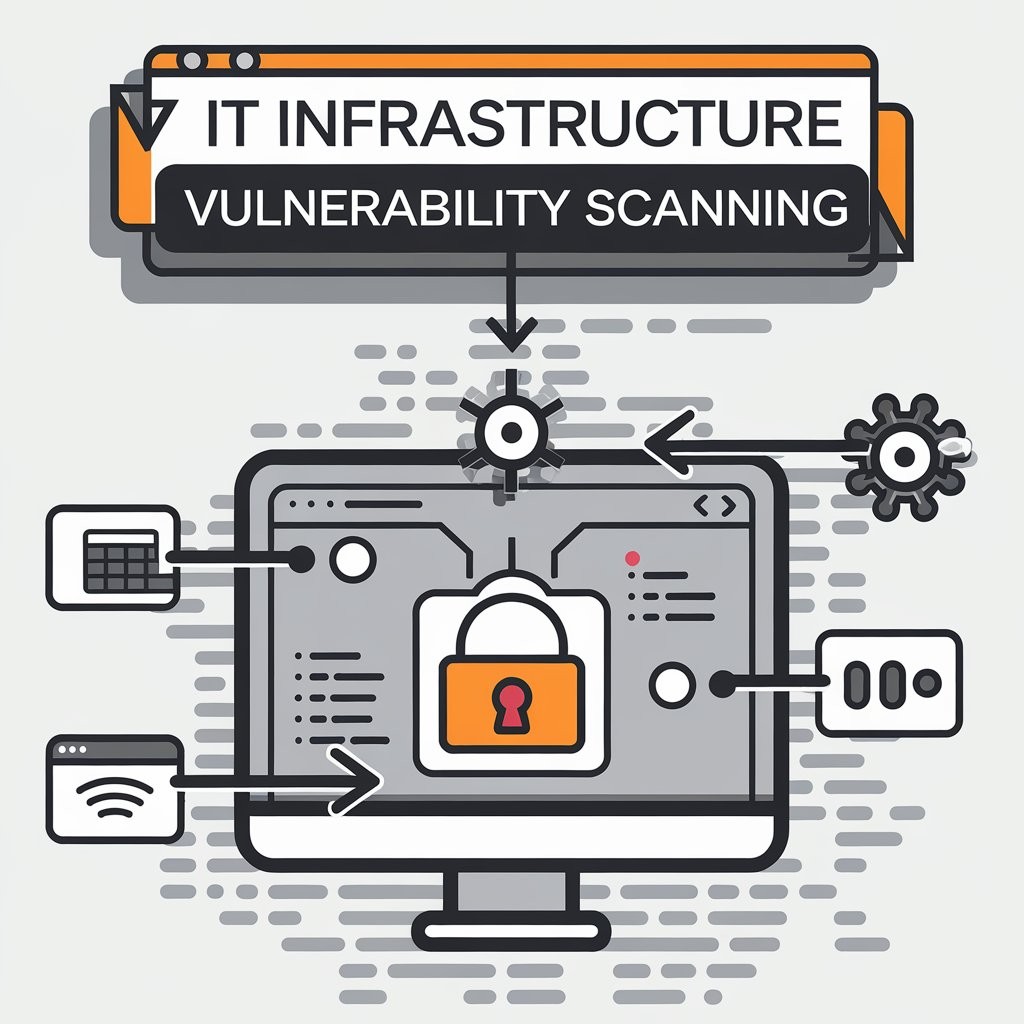
7. Conclusion
Vulnerability scanning is an essential process in safeguarding your IT infrastructure from cyber threats. By proactively identifying and addressing weaknesses, you can minimize the risk of data breaches, system downtime, and other costly security incidents.
Remember, vulnerability scanning is not a one-time task but an ongoing process that should be integrated into your organization’s broader cybersecurity strategy. With regular scans, swift remediation, and continuous monitoring, your organization can stay ahead of cybercriminals and ensure the integrity of your IT systems. audit3aa
Join our newsletter list
Sign up to get the most recent blog articles in your email every week.
You can copy our materials only after making sure that your services are safe.
This site is protected by reCAPTCHA and the Google Privacy Policy and Terms of Service apply.
